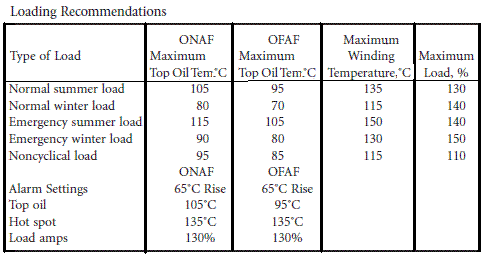- This topic has 2 replies, 1 voice, and was last updated 2 years, 9 months ago by .
-
Topic
-
در صورت وجود اختلاف بین دمای محیط و ماکزیمم دمای طراحی ترانس، ظرفیت باردهی آن چگونه محاسبه می شود؟ نحوه صحیح دریافت اضافه بار از ترانسفورماتورها چگونه است؟
در صورت وجود اختلاف بین دمای محیط و ماکزیمم دمای طراحی ترانس، ظرفیت باردهی آن چگونه محاسبه می شود؟ نحوه صحیح دریافت اضافه بار از ترانسفورماتورها چگونه است؟
Viewing 2 replies - 1 through 2 (of 2 total)
Viewing 2 replies - 1 through 2 (of 2 total)
- You must be logged in to reply to this topic.

